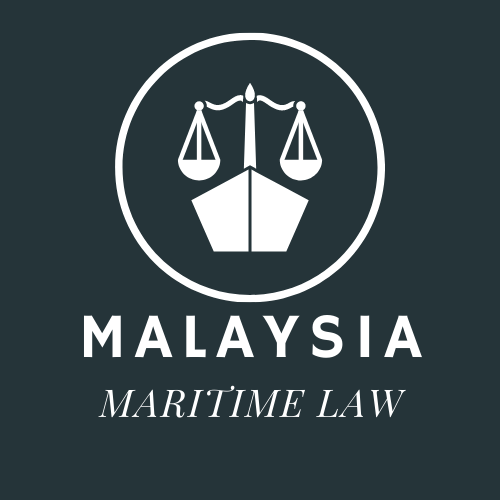Contiguous zone
1. Development of the concept of a contiguous zone
When states began to make extensive claims for a territorial sea for a variety of purposes, including the safety and security of their land territory, the idea of a contiguous zone was conceived. It was conceived as a buffer between the high seas, where the freedom of the seas prevailed, and the territorial sea, where the sovereignty of the coastal state applied. The contiguous zone was meant to be used by coastal states to enforce their laws relating to customs, fiscal, immigration or sanitary matters within their land territory or territorial sea.
The concept of a contiguous zone was also seen as a compromise between those states which were claiming for an extensive territorial sea and those that wanted to limit the breadth of the territorial sea to the minimum possible. Accepting an extended territorial sea would mean further eroding the freedoms of the high seas in the extended zone. Reserving as much of the sea as possible as high seas would allow all states to enjoy the freedoms of the seas in those areas.
The concept of the contiguous zone strikes a balance between these competing interests according to which coastal states have the right to enforce certain laws and regulations designed to protect their legitimate interests in their land territory and territorial sea, but retaining the freedoms of the seas in that zone for all states. It is a hybrid maritime zone, which embraces certain rights for coastal states while treating the zone as part of the high seas for the exercise of the freedoms of the seas.
2. Breadth of the contiguous zone
The maximum breadth of the contiguous zone is 24 nautical miles from the baselines from which the breadth of the territorial sea is measured. In other words, it is an additional 12 miles from the outer limit of the territorial sea. Whereas negotiations over the limit of the territorial sea were long and arduous, the 12-mile limit of the contiguous zone was agreed with less difficulty.
3. Rights of coastal states in the contiguous zone
Article 33 of the 1982 Convention outlines the nature of the rights of coastal states in the contiguous zone:
Article 33
Contiguous zone
1. In a zone contiguous to its territorial sea, described as the contiguous zone, the coastal State may exercise the control necessary to:
a. prevent infringement of its customs, fiscal, immigration or sanitary laws and regulations within its territory or territorial sea;
b. punish infringement of the above laws and regulations committed within its territory or territorial sea.
4. Summary and conclusions
The notion of a contiguous zone, which had been rejected by the 1930 Hague Codification Conference, eventually found its way into the law of the sea, first through UNCLOS I in 1958 and finally through the 1982 Convention. Within this zone, a coastal state would be able to exercise the control necessary to prevent and punish infringements of its customs, fiscal, immigration or sanitary regulations within its territory or territorial waters. In other words, this is a new functional zone, limited in distance and jurisdictional value.
For further enquiries or clarification, kindly contact us.

